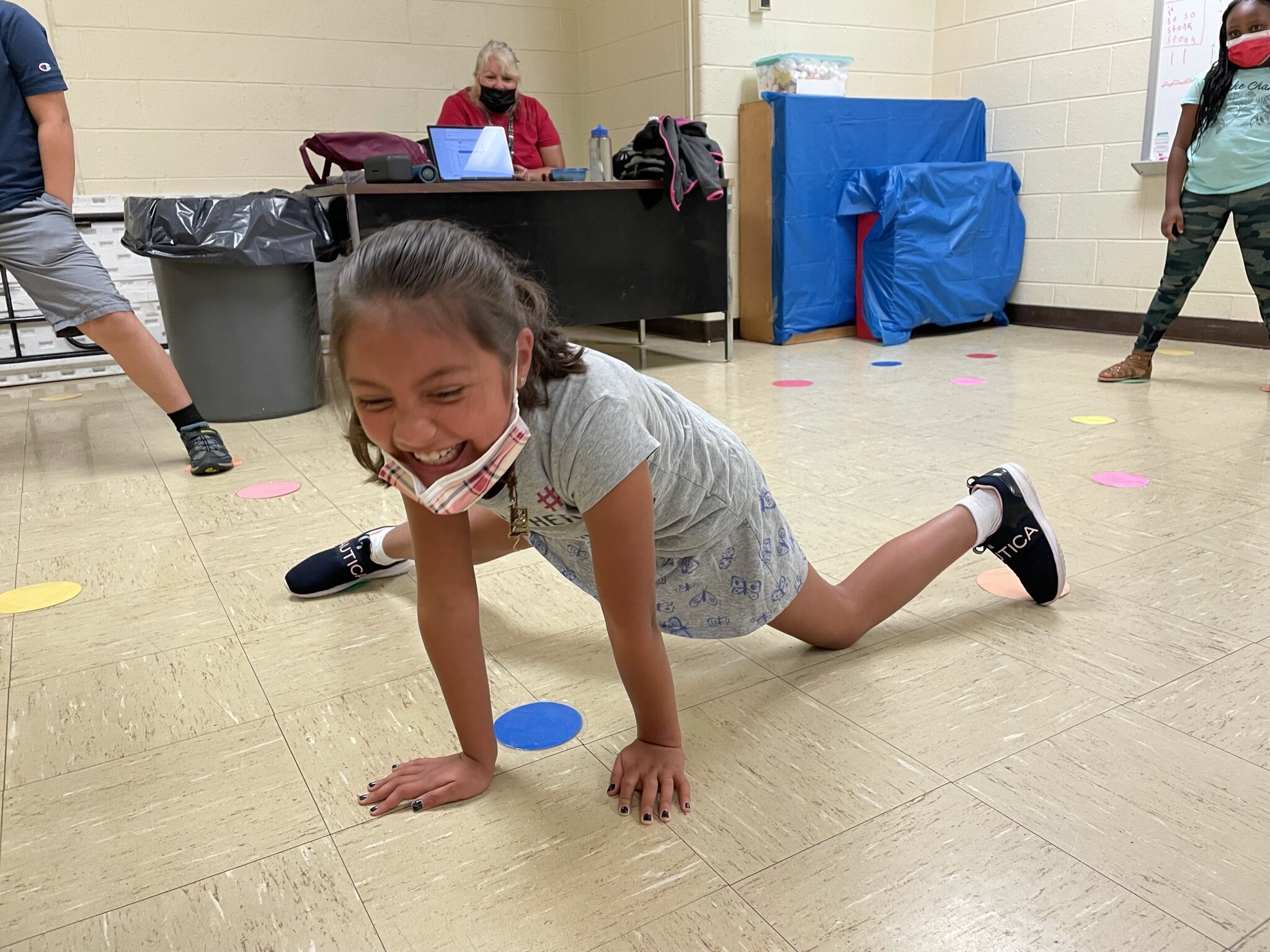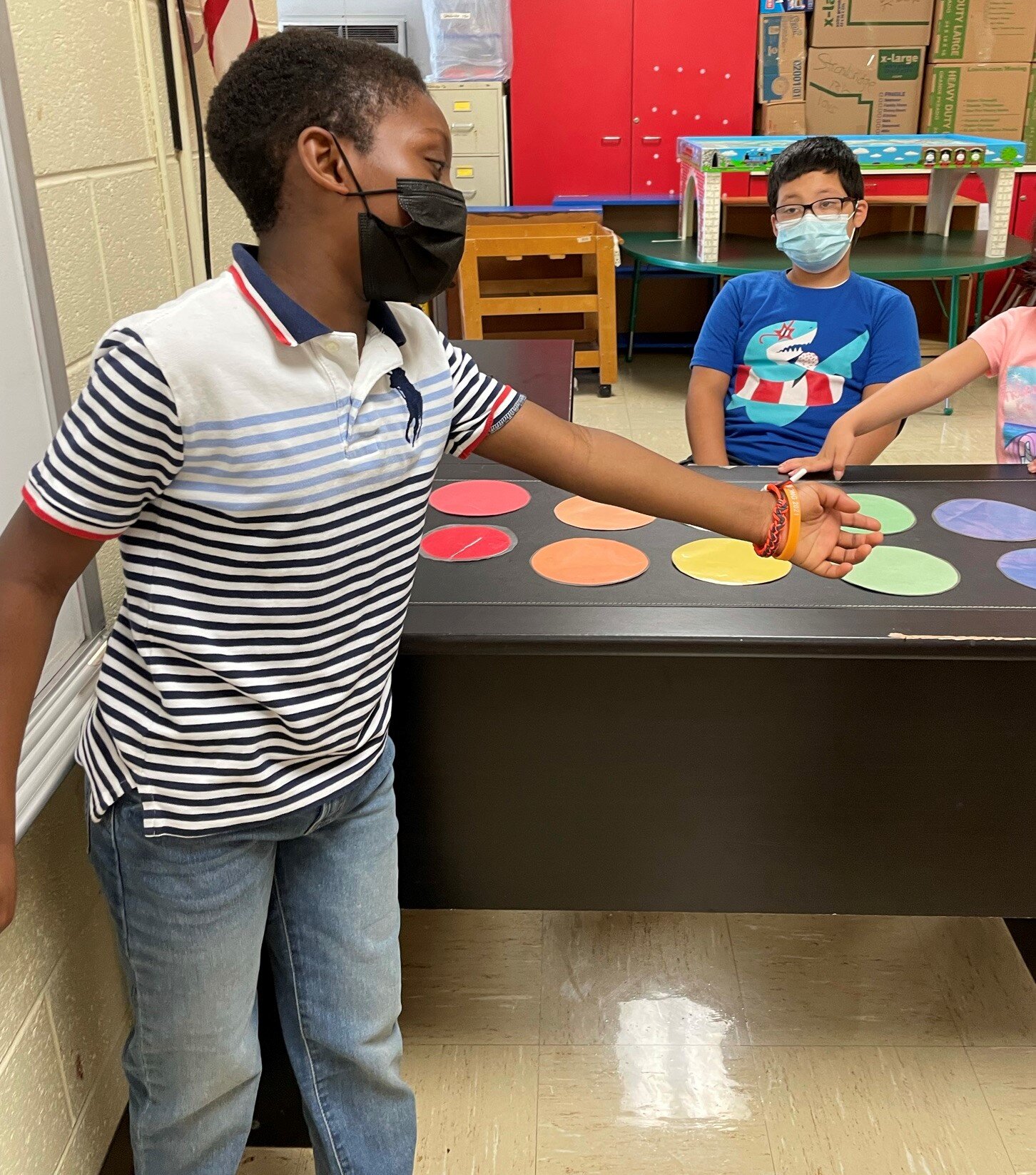(For an even quicker “art in the classroom” run down, see our 1-minute Tidbit for Teachers!)
Teacher: “Perro. Perro. The word for dog is ‘perro’! What’s the word for dog in Spanish?
Students: …
For teachers and parents alike, one of the most frustrating things we experience as educators is telling our students and children something over and over again only to have them tell us that we never told them, or that they forgot. It’s a tale as old as time. If they can’t even remember some of our simplest lessons, how will they remember a foreign language!? We (Language University!) find that in order to build a foreign language foundation for our students (generally 3 years to fifth grade) students need to stay engaged and enthusiastic. To do this, we incorporate a number of tools, especially art, to help our students get the most out of each lesson.
Why art?
Students who color and draw during the learning process are doing so much more than doodling. They are subconsciously creating a lasting and memorable learning experience through their own creativity.
How is this happening?
Even more basic than art, colors themselves connect with all of us on a human level. According to Senior Psychologist Ayben Ertem, colors influence our emotions, productivity and learning. When we are stress-free and using our creativity, we are better able to process material and retain it. There is also a clear connection between color and the brain development of children. When our students create a craft or a scene that focuses on a targeted theme, it helps them internalize the vocabulary and add that information into their long term memory versus their short term.
Are you sure this connection occurs in the language classroom?
Of course! In our languages classes, our students cut, color, paste and design all of the time! Crafting also incorporates our students’ senses: touch, sight and hearing (we play our songs during craft), which also stimulates their learning. For example, when we introduce the word “astronave” (the Spanish word for spaceship); it’s not just another word to memorize. It’s part of a space adventure that our students can play out on paper and it’s a great way for them to start using their new vocabulary as they explain what is happening with their crafts. Now instead of being intimidated by a new language, they are thrilled to discuss! And when our students feel safe, creative and engaged, we are setting them up to be the best language learners they can be!
Great! But the learning stops after we put the crayons down, right?
Nope! In fact, the craft is just the beginning! When students bring their masterpieces home to show mom and dad, or when they hang their projects up in their room, they are not only visualizing the picture with its labeled vocabulary words, they are also gaining a natural opportunity to talk and think about it. Their crafts works as a “study guide” at home, and this helps the target language become more natural to them. And the more our students and our children see and hear their target vocabulary and phrases, the more likely they are to use it in everyday life! So bring on the crafts and coloring! We are ready to learn!
To see how we incorporate games in the classroom, click here!
















